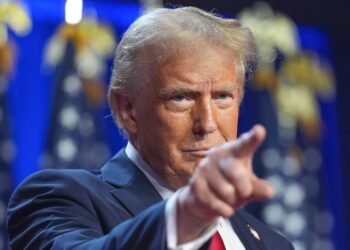Credible reports reveal the Bank of Boston and Massachusetts Institute of Technology are jointly working on delivering a Central Bank Digital Currency prototypes before the end of July.
Such digital assets could fundamentally change US citizens’ use of capital, leading some financial brands to lobby the Fed and Congress to pause its creation.
Leading financial brands and payments processors are anxiously watching the Fed’s push in creating an electronic alternative to cash Americans carry in their wallets or what some people call the Fedcoin.
READ: SEC reacts to CBN’s ban on cryptocurrency transactions
“Everyone is afraid that you could disrupt all the incumbent players with a whole new form of payment,” Michael Del Grosso an analyst for Compass Point Research & Trading LLC said in a note to Bloomberg.
James Cunha who heads the CBDC project revealed that the Boston Fed and MIT hope to unveil some of their work in Q3 2021 including at least two prototype software platforms that could move, store and settle transactions made with digital dollars.
“Rushing anything of this potential magnitude could introduce unintended consequences that threaten the stability of the banking system without contributing meaningfully to economic inclusion,” said Steve Kenneally, senior vice president of payments at the American Bankers Association.
READ: Computers might steal Satoshi Nakamoto’s Bitcoin fortune
Unlike Bitcoin, Ethereum, Tether, the new Cryptos would be issued by central banks as an alternative to paper bills. Cash wouldn’t go away, but might likely plunge to record levels.
The world’s largest economy got an extra push in February when Treasury Secretary Janet Yellen said such a project could help its citizens who don’t have access to the banking system.
Jerome Powell, the U.S Fed Chief however revealed why stablecoins were an improvement over traditional crypto. He said stablecoin tokens are much better than other cryptos because they are tied to specific fiat currencies.
READ: $119 billion valued investment bank, Goldman Sachs starts Bitcoin trading
“To an extent, a stable coin is backed by sovereign currencies of leading nations, that is certainly an improvement over crypto assets, I would say,” Powell revealed. “But nonetheless, where does the credibility come from? It comes from that sovereign currency that is the backstop.”
The U.S Fed is taking note of the rising usage of stablecoins as powerful economies such as China, seem to trust the world’s fastest-growing stablecoin (Tether) a lot more in recent times, preferring to use it to meet most money transfer needs.
Approximately $50 billion cryptos had left China in 2019, showing a surge in how investors are dodging rules that limit how much capital they’re allowed to transfer from China.
“Stablecoins like Tether are particularly useful for capital flight, as their USD-pegged value means users selling off large amounts in exchange for their fiat currency of choice can rest assured that it’s unlikely to lose its value as they seek a buyer,” Chainalysis said in the report.
























How can this work